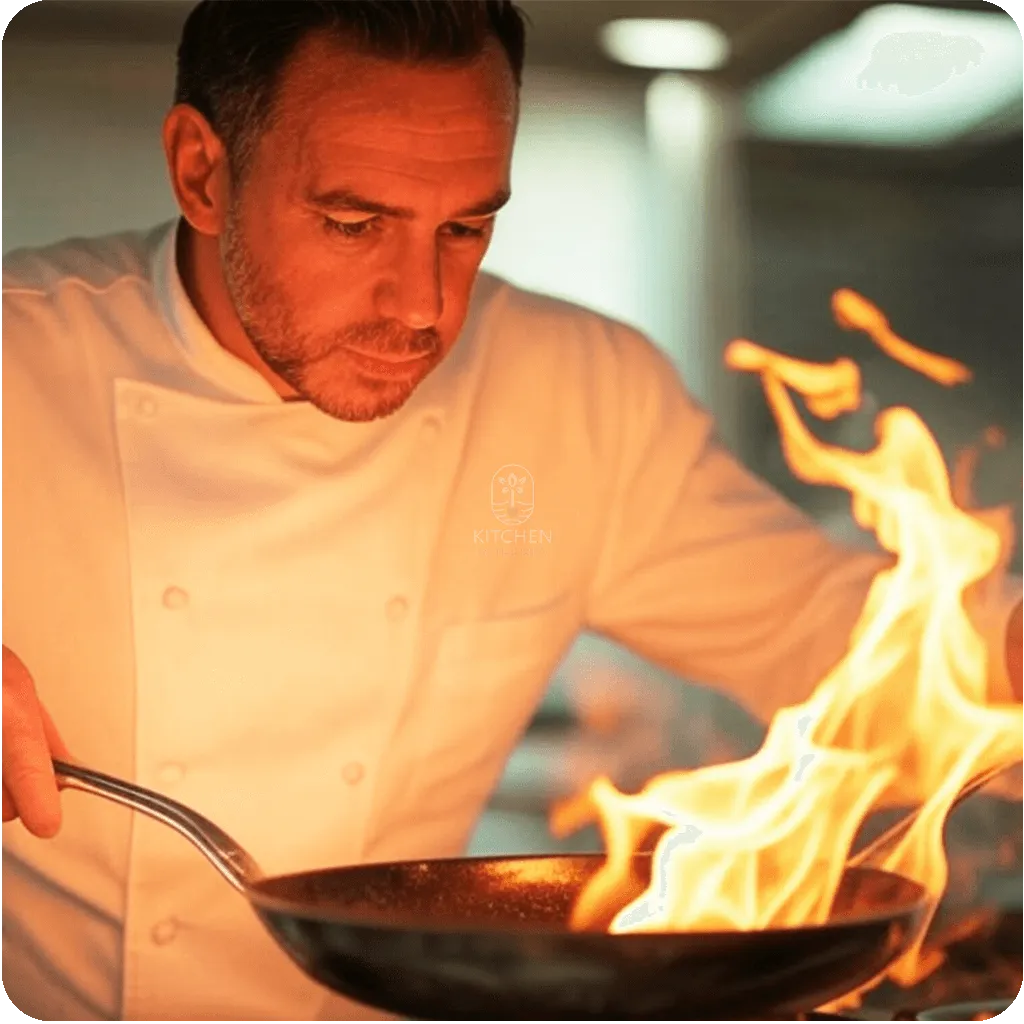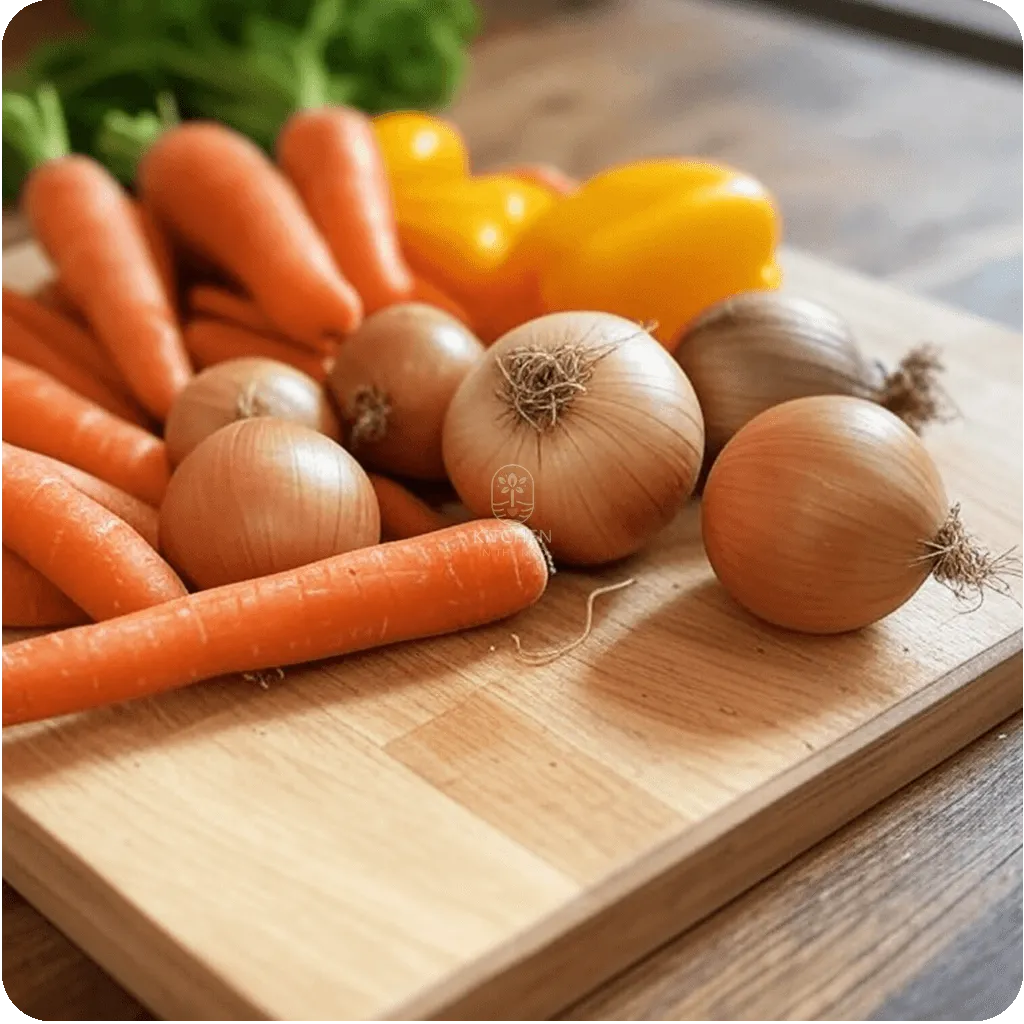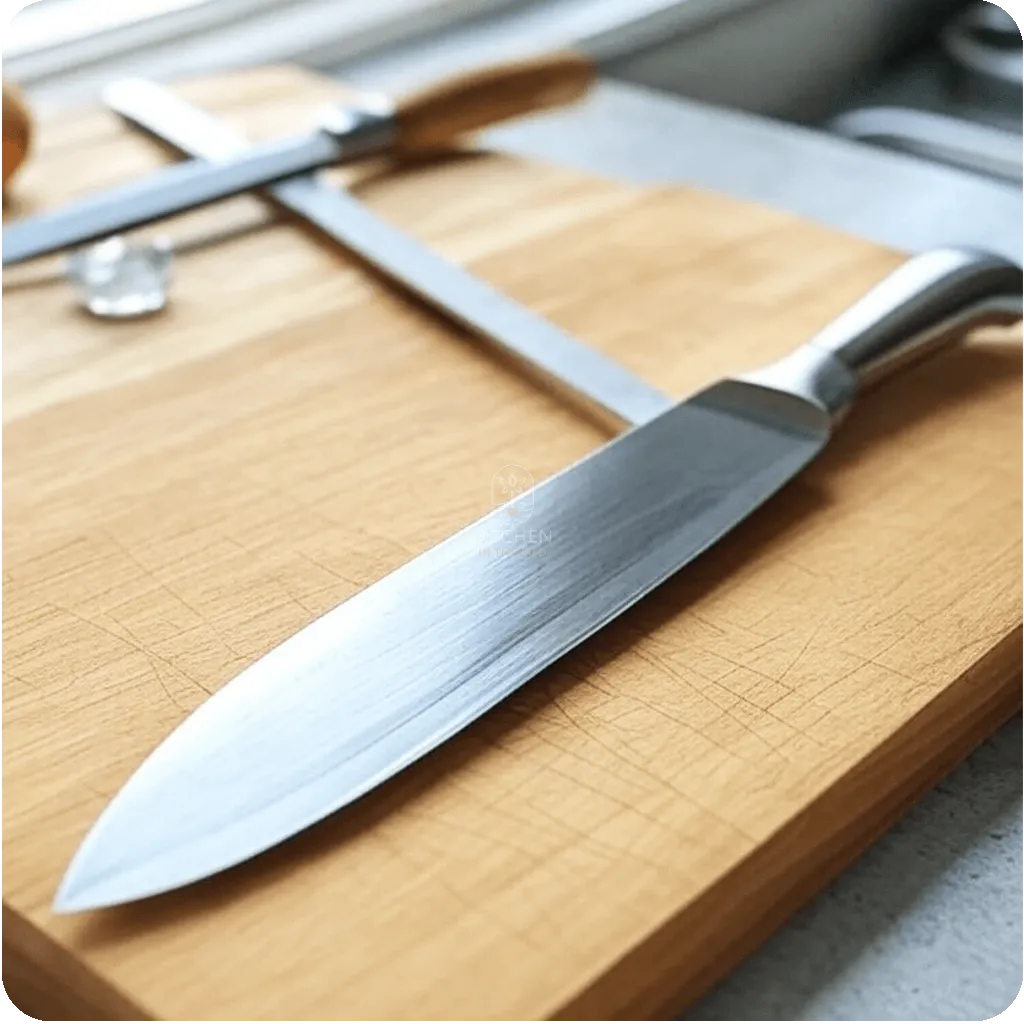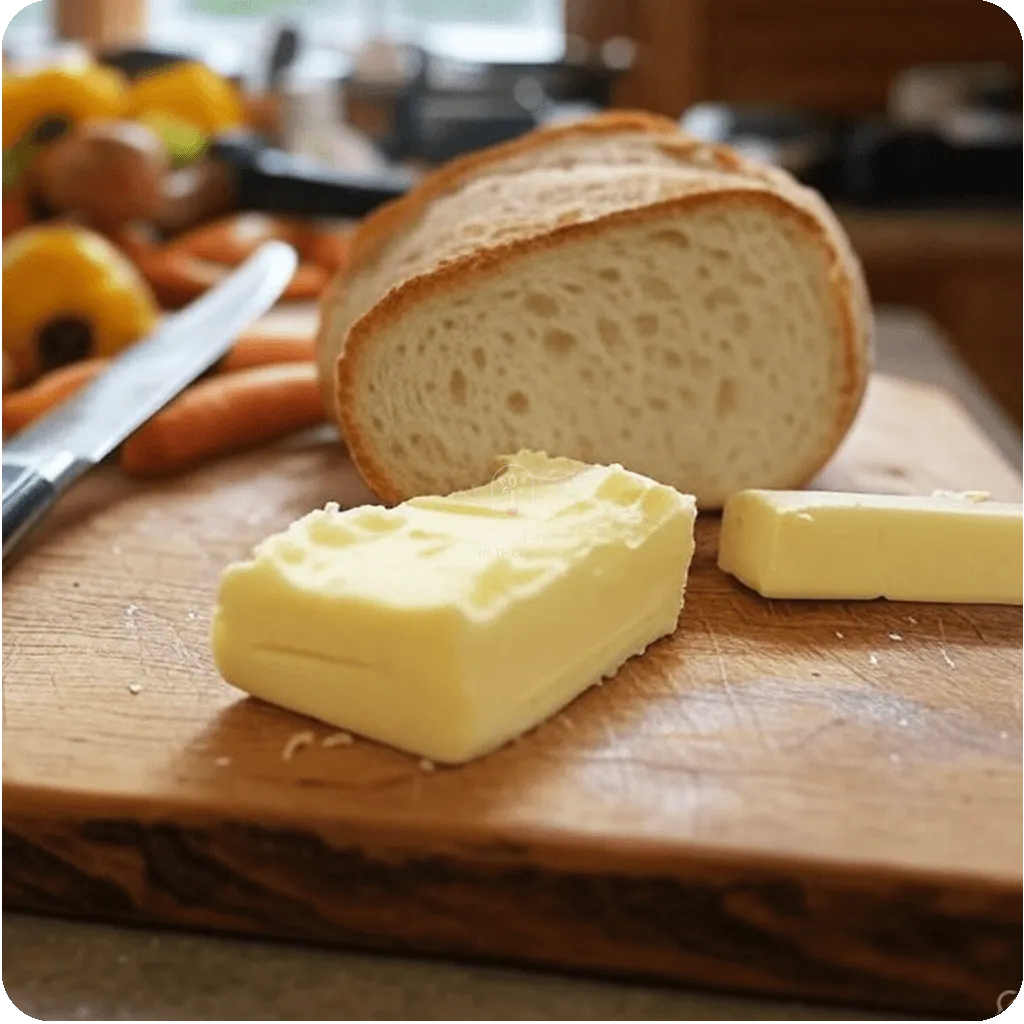The Great Cooking Myths: Fact vs. Fiction in the Kitchen
Think you know everything about cooking?
You might just discover that what grandma swore by does not stand the test of time—or science.
The FOMO is real: Are you unknowingly following a kitchen myth that’s long been debunked?

Cooking with Alcohol by Kitchen in the Med
Share this article
✖️Salt in Water Speeds Up Boiling
Add a pinch of salt to boiling water, and it will boil faster—so they say. However, the science reveals otherwise. According to physicists, salt does increase the boiling point of water, but it is marginal and has more to do with flavor enhancement than time efficiency.
While you might salt your pasta water, it’s more for better-tasting spaghetti than speedier cooking.
✖️ Searing Meat Seals in Juices
Surprise: Searing meat does not seal in the juices! Food scientists have beautifully debunked this myth, finding that searing actually creates a flavorful crust without trapping moisture inside.
Searing is essential for adding rich flavor and color, so don’t skip it. Let’s cherish those delightful char marks and the smoky magic they bring.

Searing Meat by Kitchen in the Med
✖️Mushrooms Absorb Lots of Water
Who hasn’t been told to never wash mushrooms? The idea is that they will absorb water like sponges. But here’s the truth: Studies reveal that mushrooms absorb minimal extra moisture when washed; it is almost negligible.
Go ahead, rinse them with confidence, and keep your sauté light and flavorful.
✖️ Alcohol Burns Off When Cooked:
Cheers to the Truth
Sorry to disappoint, but not all the alcohol evaporates when cooking. Research shows that up to 75% of the alcohol can remain after cooking, depending on the cooking method and time.
According to the USDA Table of Nutrient Retention Factors, Release 6, the percentage of alcohol retained after cooking varies as follows:
- No heat, stored overnight: 70% alcohol retained
- Flambé (igniting the alcohol): 75% alcohol retained
- Alcohol stirred into hot liquid and then removed from heat: 85% alcohol retained
- Baked, alcohol not stirred into the mixture, 25 minutes: 45% alcohol retained
- Baked or simmered, alcohol stirred into the mixture:
- 15 minutes: 40% alcohol retained
- 30 minutes: 35% alcohol retained
- 1 hour: 25% alcohol retained
- 1.5 hours: 20% alcohol retained
- 2 hours: 10% alcohol retained
- 2.5 hours: 5% alcohol retained
Let’s raise a glass to informed choices—whether you are making coq au vin or penne alla vodka.

Cooking with Alcohol by Kitchen in the Med
✖️Pasta Needs Lots of Water to Cook
Big pots of water for pasta—ever wondered if it’s really necessary? In Truth, pasta can be cooked in less water than you’ve ever imagined as long as it can float freely.
It’s an eco-friendly tip that saves you time and water.
✖️ Fresh is Always Better for Cooking
Fresh is best, right? Well, not always. Research shows that certain frozen fruits and vegetables can retain more nutrients than their fresh counterparts over time (Harvard Health, 2019).
Those frosty peas might be holding more goodness than you think. It’s time to rethink our grocery lists.

Wooden Cutting Board and Veggies by Kitchen in the Med
✖️Wooden Cutting Boards Harbor Bacteria
Wood is porous and thus rendered unsafe—or is it? Studies have shown that wooden cutting boards are actually safer than plastic, as they have natural antibacterial properties (USDA, Food Inspection Service 2024).
Let us celebrate this old kitchen ally, which feels sturdy and fights the ugly bugs.

Wooden Cutting Board and Veggies by Kitchen in the Med
✖️ Oil in Pasta Water Prevents Sticking
The myth claims that adding oil to pasta water will keep noodles from sticking, but truthfully, it just prevents the sauce from clinging later.
Wouldn’t we rather have perfect sauce-to-noodle bonding? Let’s keep it slick-free and let your pasta shine like it should.
✖️ You Need to Flip Pancakes Only Once:
Flip the Script
The pancake flip—that single, auspicious moment—that feels right, right? In reality, flipping pancakes multiple times doesn’t hurt texture and can actually help cook evenly.
So, go ahead and embrace the flips for evenly cooked pancakes.
✖️ Milk Makes Creamier Scrambled Eggs
Adding milk is believed to make scrambled eggs creamy, but that’s a bit of an egg exaggeration. Milk can actually water down the flavor and color of the eggs.
Opt for whisking in some air instead, delivering simply soft, buttery goodness.
✖️Washing Rice Removes Starch
Washing rice to remove excess starch is a yes on the surface, but it is not a complete game-changer. The primary action is preventing clumps rather than significantly removing starch (Rice University, 2019).
It’s a neat strategy for fluffy grains, but it is not an epic war against starch.
✖️Acid Sharpens Knives
An acidic hack that’s more fictional than functional—acid does not actually sharpen knives! Professional honing tools or stones are the true weapons of sharpness.

Sharp Knife by Kitchen in the Med
✖️ Cooking Over High Heat Causes Better Caramelization
While some believe high heat equals better caramelization, it is not always true. Controlled and steady heat promotes even browning without burning.
Balance and patience deliver a rich, tastefully sweet layer.
✖️ Butter Keeps Bread from Going Stale:
A Crusty Myth
Convinced that butter could battle bread’s inevitable staleness? Unfortunately, butter only adds a false shield and doesn’t stop staling.
A good airtight container or friendly freeze offers better longevity.

Bread and Butter by Kitchen in the Med
✖️Expiry Dates are Absolute:
It is really a Rough Estimate
Many strictly follow expiry dates, yet they are guidelines more than safety drop-offs. In reality, these dates often serve as guidelines for optimal quality rather than definitive markers of spoilage. Correct storage may exceed these boundaries without spoilage (WebMD, 2021).
Here is some general advice on expiration dates:
- Use expiration dates as quality guidelines, not strict safety deadlines.
- Inspect foods visually and by smell; discard if there’s any off-color, texture change, or unpleasant odor.
- Store food properly—refrigerate or freeze as appropriate.
- Understand labeling: “Best by” indicates peak quality; “Use by” indicates safety.
- Trust your senses and judgment for food safety.
✖️Refrigerate Everything to Keep It Fresh
The refrigerator is not the universal hero—sometimes, it’s just cool to stay outside. Some foods, like tomatoes and bread, thrive at room temperature for the best flavor and texture.
Check my ultimate guide to smart food storage.
Healthy shelf or chill, make informed choices!
✅ Kitchen Clarity
Whether it’s sautéing mushrooms or honing chef skills, we’ve unveiled some truths behind common misconceptions.
It’s time to rethink, reimagine, and reinvigorate our approach to the culinary arts.
What other kitchen advice did I miss?
Share this article
Welcome to Kitchen in the Med!
I’m Alberto, born and raised in Barcelona, Spain, a principal city in the Mediterranean.
Here, I share authentic, easy-to-follow recipes inspired by the rich flavors of my home. You’ll find wholesome, time-honored dishes, expert cooking tips, and ingredient guides to help you bring the Mediterranean diet and other dishes to your kitchen—regardless of where you live.
You can also follow my quest to find a small plot of land to live and grow a garden in the Med.


